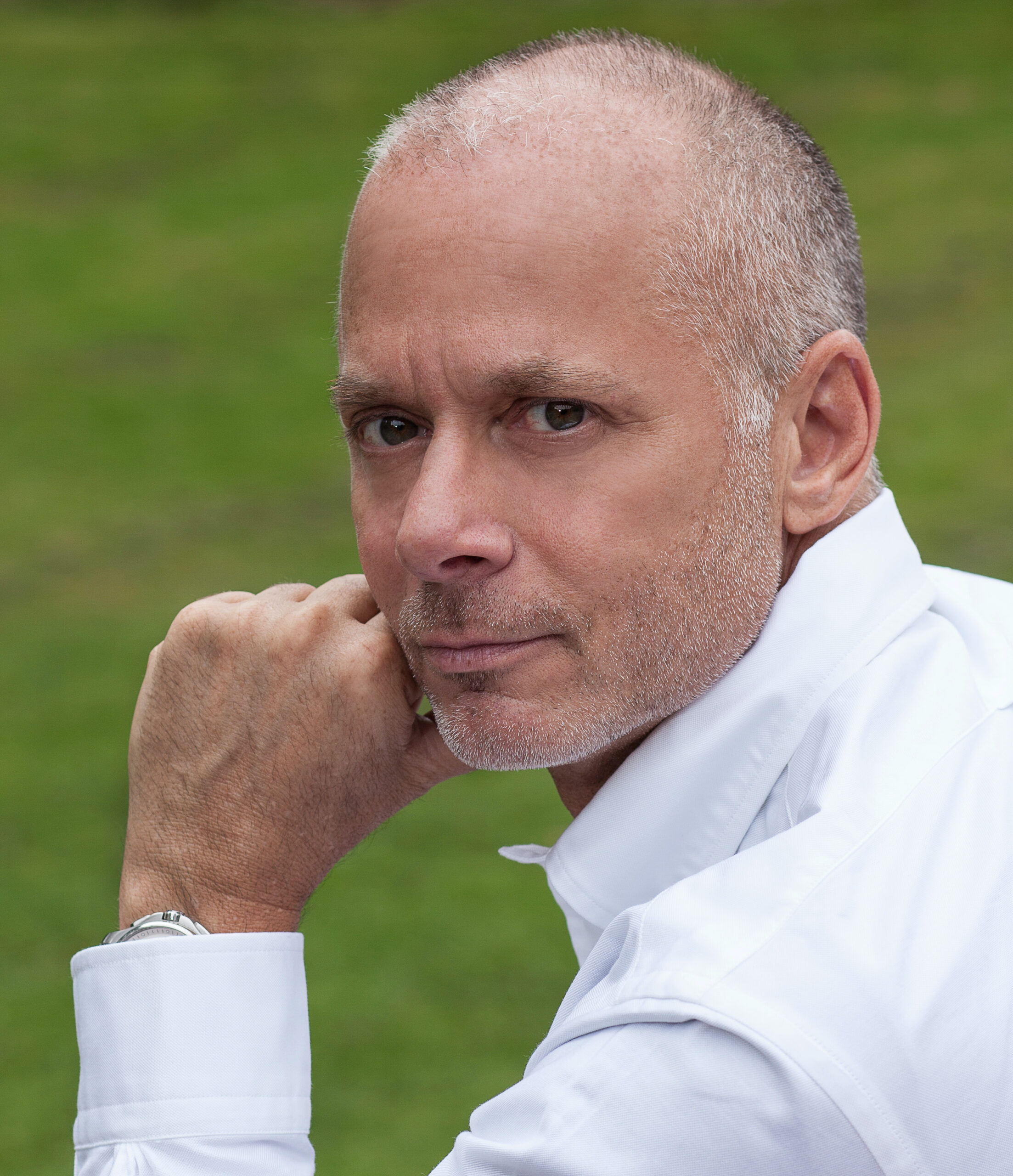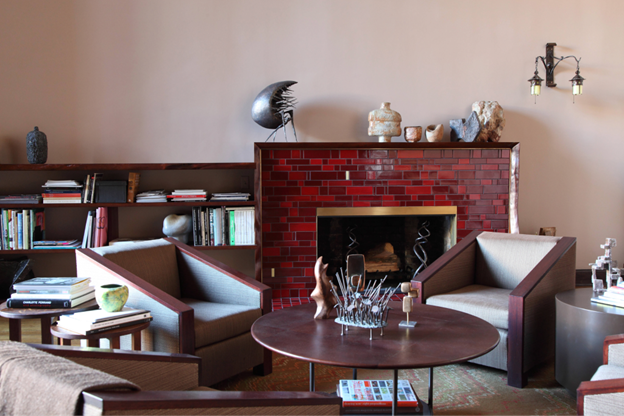
Designed by Alan Wanzenberg, more details below.
By Carl J. Dellatore

I am in the process of developing a new book proposal on modernity in interior design, a concept that is often misunderstood.
When discussing modernity, there are so many tropes floating around in the cultural soup: minimalism, the less-is-more aesthetic espoused by Mies van der Rohe; simplicity, and the form follows function concept developed by Louis Sullivan; and humble, authentic materials, such as stone, wood and textural fabrics.
And yet, what’s considered “modern” is as difficult to define as describing the color of falling rain.
The designer and architect Alan Wanzenberg wrote an excellent definition of modernity in my book “Interior Design Master Class: 100 Lessons from America’s Finest Designers on the Art of Decoration.” He said, “Modernity is more than an attitude. It is a look at the world that incorporates all its myriad elements into life in an essential way, giving pleasure and meaning. Modernity demands an edit of all that’s available, paring the choices down to what’s necessary. It’s not about novelty or trend. It can be about what’s contemporary, but that is not its preoccupation; it is about determining how and with what we live. It is the here and now. To possess modernity, one must live in the present.”
With that definition, Wanzenberg separates the ubiquitous midcentury modernity from any other period in the decorative arts because, in the end, modernity is experienced in the now.
For example, the organic, flowing lines of Art Nouveau, which lasted 20 years between 1890 and 1910, were considered modern. The Arts & Crafts Movement from 1880 through the early 1920s was a modern break from the Victorian period. The list goes on to include the Bauhaus movement, Art Deco, The International Style and Memphis Design.

Back to the idea of my next book, I’ve spent some time researching what I would consider 21st-century modern. Five underlying ideas stand out long before considering furnishings and finishes.
- A new minimalism style is prevalent, born of our fast-paced, frenetic lives. Today’s interpretation of minimalism reflects a profound shift in our relationship with space and well-being. Unlike the stark minimalism of the 1990s, which often prioritized form over function, contemporary minimalist interiors embrace “conscious curation”—a thoughtful balance of negative space and carefully selected pieces that serve practical and emotional needs.
- Comfort has evolved into an essential design principle in interiors, where ergonomic furniture, plush textures and adaptable spaces cater to our increasingly home-centered lives. Modern interiors prioritize physical and psychological comfort through thoughtful elements that can transform to meet our changing needs throughout the day. The COVID-19 pandemic may not have given birth to the idea of morphing spaces, but they are now de rigueur.
- Integrating wellness design has become a cornerstone of modern residential interiors, marking a definitive shift from treating health elements as amenities to viewing them as essential infrastructure. We’re seeing the emergence of dedicated wellness zones that go far beyond the traditional home gym. These thoughtfully conceived spaces incorporate biodynamic lighting systems, medical-grade air filtration and sophisticated acoustic engineering.
- “Smart” integration is modern: refrigerators that take stock of provisions, ever-advancing wireless communications and voice-activated systems. We’re seeing a critical shift toward “adaptive infrastructure”—systems designed for technological evolution rather than static installations that can become obsolete.
- Sustainability is undoubtedly modern and will continue to be a design consideration well into the future. Recycled wood, energy-efficient appliances and ethically sourced materials are utilized and touted as contemporary—and rightly so. The result is a new modern design vocabulary where sustainability credentials are as integral to luxury as aesthetic refinement.
With these considerations in mind, modern interiors in the 21st century depart from what we’ve known. And if I were to rewrite this article in another 20 years, considering the advancing AI revolution, I’m sure I would be surprised by modernity in 2035. We’ll just have to wait and see what it looks like.

Stay updated on this series author, Carl Dellatore, by following his Instagram. About Carl Dellatore & Associates – provides designers, architects, and creatives with writing, editing, and copyediting services by an established team to effectively reveal your story.


